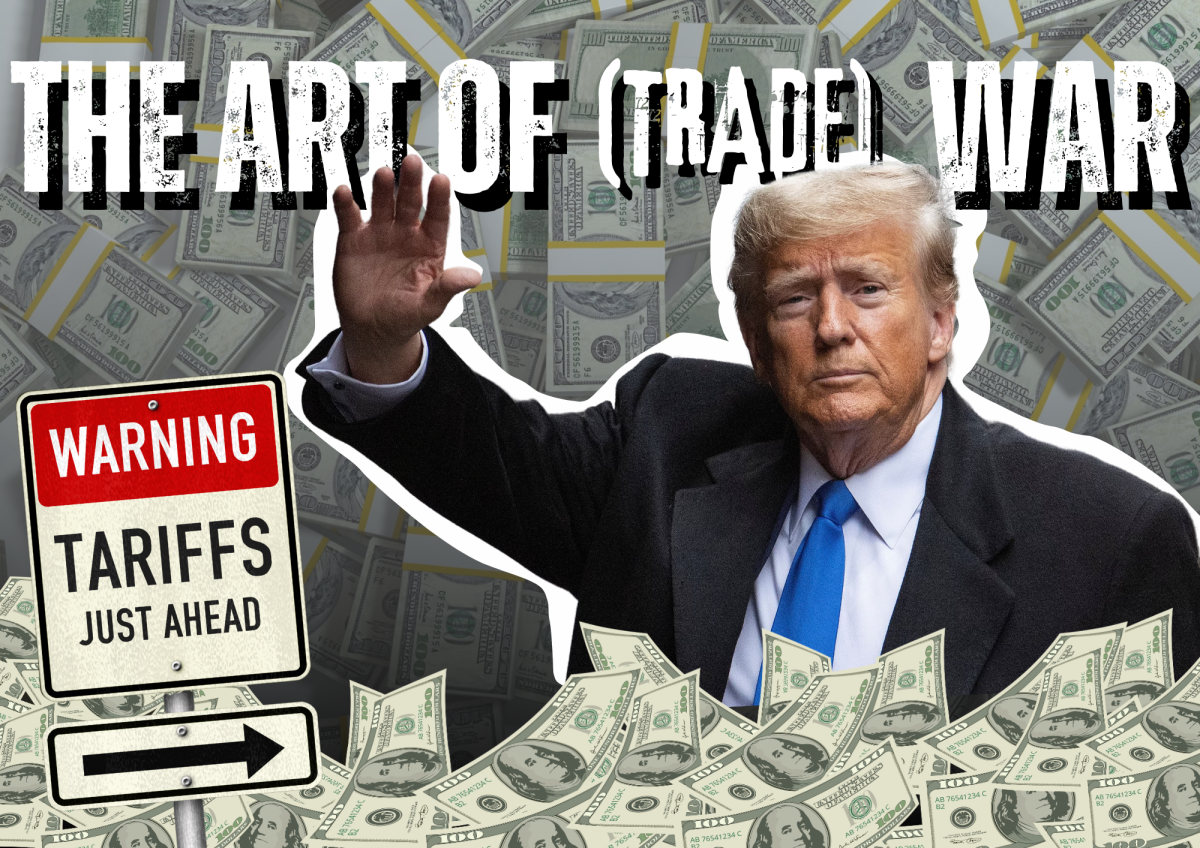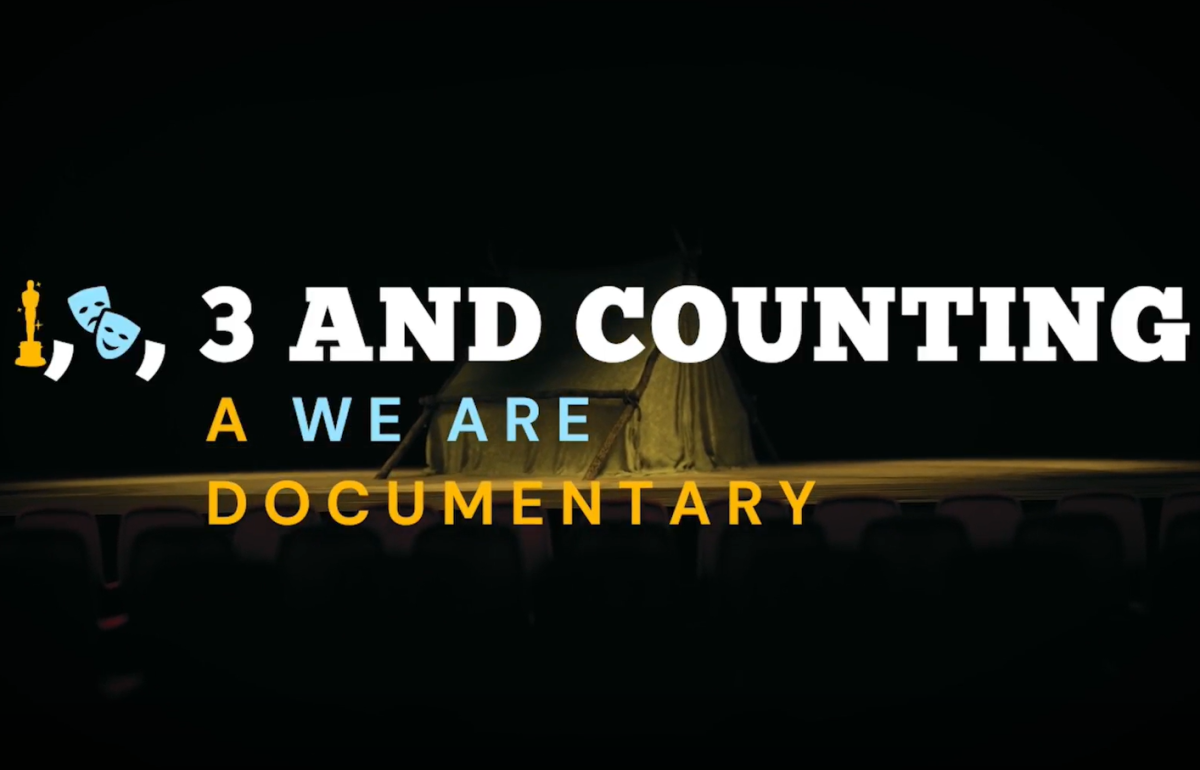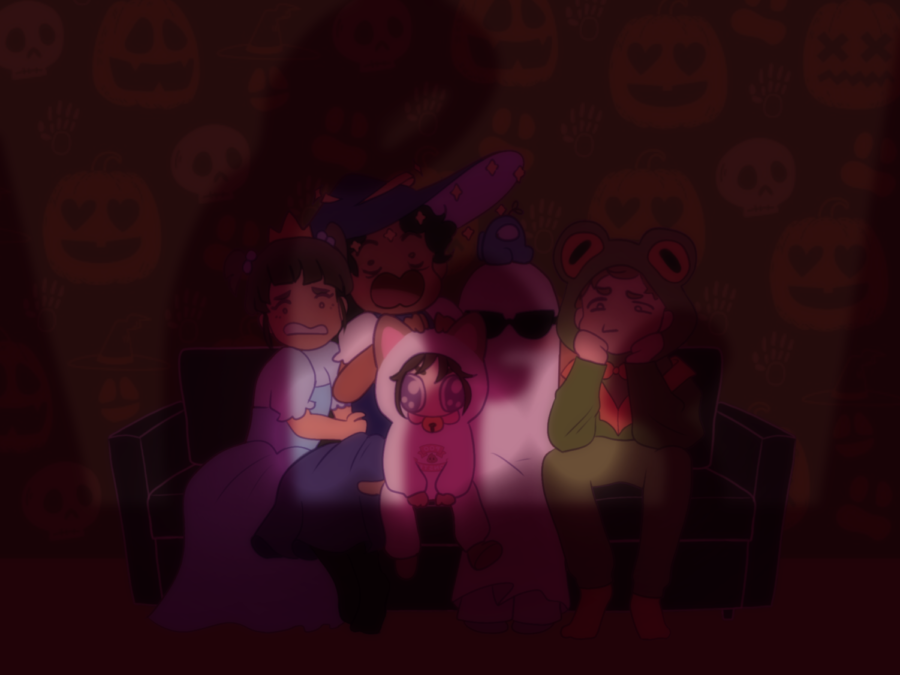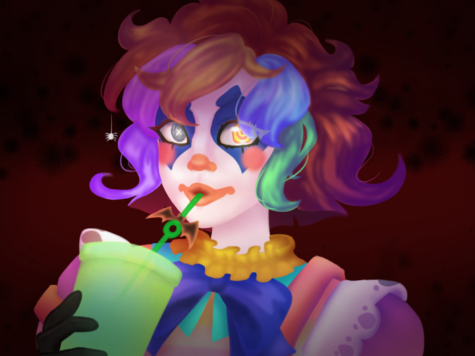The World of Halloween
October 26, 2022
Halloween. The 31st of October, and a day with many meanings.
Halloween, stemming from the European tradition of All Hollow’s Eve, is a worldwide celebration, taking many forms across the globe. From Europe to Asia to America, the unique ways countries celebrate this holiday, or pay respect to their dead is a fascinating experience to uncover.
Originally, Halloween was the Ancient Celtic festival of Samhain, where people believed that as summer dissolved into winter, the border between the living and dead also dissolved. On this day, the souls of the dead could cross into the physical realm we live in, as well as spirits and fairies. Pumpkins (or jack-o-lanterns) were carved, and costumes were made to protect against evil spirits. Many of these old traditions have continued in modern-day Ireland and Scotland, including costumes, trick-or-treating and jack-o’-lanterns.
Specific traditions that still occur in Ireland and Scotland respectively are the Samhain Parade, the consumption of traditional food such as Colcannon and Barmbrack and a Samhain Fire Festival and the consumption of Sausages as traditional Scottish food.
Similarly, Italy maintains many of their cultural traditions, with a modern Halloween twist. Traditional festivities are celebrated, in the form of Ognissanti (or All Saint’s Day), occurring on the 1st or 2nd of November. Celebrations often begin 1-2 days beforehand, coinciding with the date of the imported modern-day Halloween. The primary focus of Ognissanti is for people to honour the return of deceased souls to visit their relatives, and it is believed the dead participate in the festivities. Some parents leave gifts on behalf of relatives who have passed, and people use fall chrysanthemums to decorate cemeteries as part of another tradition. Italian people also attend a requiem mass and bake cookies called Fave dei morti (beans of the dead) to offer to the deceased souls.
As Halloween celebrations became more popularised, they spread globally. Some countries today present a commercialised version of Halloween, such as the USA or Japan.
The USA is known worldwide for its abundance of Halloween celebrations, with trick-or-treating, jack-o’-lanterns, costuming goers and the telling of ghost or witch tales. Halloween party culture is also a large aspect of American festivities, with private parties stemming back hundreds of years. People across the country dress up to attend, and the fascination with costumes if often broadcast globally via social media. Just think of the Kardashians if you need proof of this!
English and Australian celebrations are thought to have stemmed from the American influence, as much of their current pop culture can be said to be, as well as traditions originating in Irish and Scottish celebrations. As American festivities have grown and subsequently shaped the definition of modern Halloween, social media and television have continuously shone a light on these, hence influencing England and Australia. Even from 5 years ago, the number of Australians participating in Halloween celebrations has increased drastically, as has the cultural acceptance of Halloween as a holiday of sorts.
Japan also celebrates Halloween as a consumer-based occasion, its origins in Tokyo Disneyland’s 2000 celebrations. Since then, it has taken on a life of its own, and Japanese people go all out with cosplay, including costumes and makeup. Many Halloween themed events are held across the country, including zombie runs, flash mobs and street parties, the most prestigious of these being the Kawasaki Halloween Parade, for which the 4000 costumed revellers must apply to join at least two months in advance. Additionally, an underground Halloween celebration taking place on the Tokyo-encircling Yamanote Line takes place annually. The celebration comprises primarily Japan’s foreign residents, who dress in costume and turn the usual etiquette-filled experience into a full-fledged party experience. These parties began in the 1990s and were thought to have been abandoned soon after, yet have occurred under the radar (and not so subtly) in the years since then.
Hong Kong’s Halloween celebrations also originate from the American Halloween experience through the festivities held in Hong Kong Disneyland, including Villain performances composed specifically for the occasion. Similarly to Japan, residents of Hong Kong have added their own twist to Halloween celebrations. Ocean Park Hong Kong, a zoological and oceanarium attraction, holds the biggest Halloween events of Asia, including street shows, haunted houses, gory costumes and other themed entertainment.
Conversely, many countries across the globe have retained their own versions of Halloween, some associated with the date of All Hallows Eve, others entirely different days, albeit with a similar focus on the honouring of, fear, or speculation of the dead.
Mexico is a clear example of this, with their culturally rich tradition, the Day of the Dead, or The Dia de Los Muertos, which falls on November 1-2. The key events involve celebrating love and respect for departed family members and include dressing up in make-up and costumes, parades, singing and dancing, with the unique custom of offerings to loved ones. Furthermore, families create temporary alters to tribute to their dead ancestors and lay offerings such as sugar skulls, bottles of tequila and marigolds, along with pictures of those who have passed. Tradition says that these offerings will attract the dead to be with their living family members.
So, Halloween across the world? Incredibly varied and different from culture to culture.
The 31st of October. A day of many meanings.













